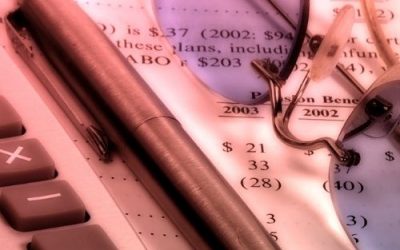When it comes to optimising your asset operations, your fixed asset register should be where you head to first. With a fixed asset register, you can log, monitor, and save money on your assets.
What are fixed assets? Fixed assets are assets that you can’t easily convert into cash. So, unlike liquid assets, you can’t attribute banking data to them and will likely use them for a longer time.
How does a fixed asset register work? It’s a log of all of your business’s fixed assets and relevant data. This means that risks such as ghost and zombie assets are mitigated, as well as asset losses and duplicate purchases.
How Does Fixed Asset Management Software Work?
Fixed asset management software automatically creates a fixed asset register for you. This provides you with many different speed and ease-of-use benefits.
In other words, every time you add an asset to your fixed asset management software it automatically gets pulled into your fixed asset register. Then, every time you update an asset’s data it is also updated in your fixed asset register.
A good example of how best to use this is by using asset tags. With asset tags, you can automate many of your operations. All you need to do to report an issue, for example, is scan an asset’s tag and click “report”.
This works as you will have linked your asset tag to the relevant asset. So, you can stick a QR code on a laptop and then every time you scan that QR code, the laptop’s asset profile opens ready for updates and edits.
Running Reports On Your Fixed Asset Register
Once you’ve logged your assets and are keeping them up to date, you can run reports on their asset data. This is where you’ll save a lot of time and money as reporting lets you pinpoint specific asset details.
For example, if one of your colleagues hands in their notice you can see all of the assets they have simply by heading to a reports page and adding filters to view this data.
These reports are all exportable as pdfs and excel spreadsheets. These are very handy for an automated way to create data for auditors and in creating a log of who has which assets and when.
Logging Fixed Assets & IT Assets
So, what assets should you log on your fixed asset register? The answer is quite simply anything that you need to track. With the best fixed asset management software, you can track depreciation with ease for example.
A good place to start is your IT assets as these will move around and change hands a lot and so creating a log of who has what and how much it costs is very useful. Then, you can expand into a few IT asset management operations to save money in that area.
Your system will be scalable, so after you’ve logged your IT assets you can then log different categories of assets, such as tools & equipment. This way, you can build an asset register from the ground up and add everything you need to piece by piece.
itemit’s Fixed Asset Register Software
itemit’s fixed asset register software gives you the ability to create and monitor a fixed asset register with ease. When you use itemit, keeping your data up to date is simple, meaning you’re much less likely to run into any costly gaps.
itemit comes with a full suite of features, allowing you to tailor the system to your needs. So, if you need a check in check out software you can use itemit; if you need to track your fixed assets you can use itemit and if you’re tracking high-value assets you can use itemit.
To find out more about how itemit can help your business you can fill in the form below to start your 14-day free trial. You can also contact the team at team@itemit.com.
Fixed Asset Register
Choose a better way to track your assets
Start your free 14-day trial now
Instant access. No credit card details required.
Related articles
The Benefits Of Fixed Asset Inventory Tags
Find out the benefits of fixed asset inventory tags. Your business can save time and money with effective fixed asset management software.
Using Fixed Asset Register Software To Track Your Fixed Assets
You can use fixed asset register software to save time and money. Find out more about how to use fixed asset register software to track your assets.
Fixed Asset RFID Tracking: The future of equipment tracking
Why is fixed asset RFID tracking the future of equipment tracking? Find out how to save time and money with effective asset management.



